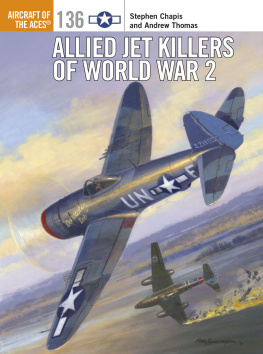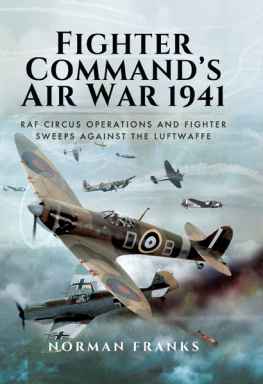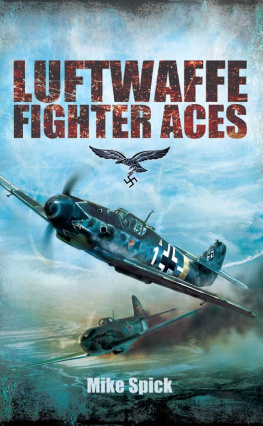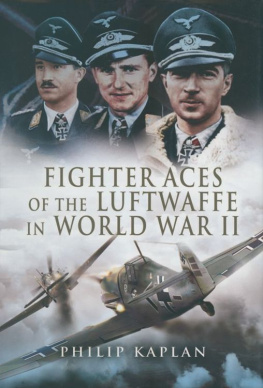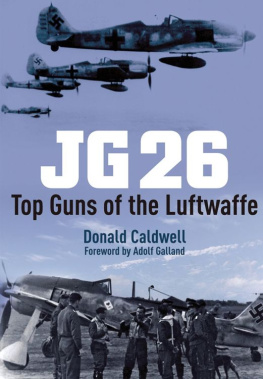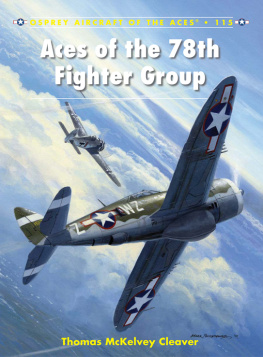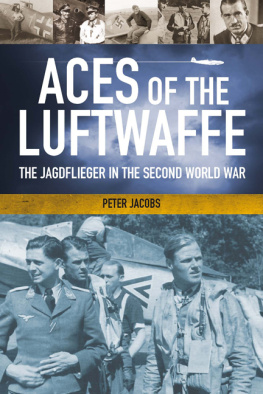CHAPTER ONE
AERIAL WARFARE REVOLUTION
C ontrary to popular belief, most of the jet- and rocket-powered aircraft developed by the Third Reich were not born out of desperation following the success of Operation Overlord. During World War 2, the Luftwaffe brought four jet- and rocket-powered aircraft into operational service namely the Arado Ar 234, Heinkel He 162 and Messerschmitt Me 262 and Me 163. The initial design concepts for these aircraft, save the He 162, not only pre-date the US entry of into the war, but also the Battle of Britain!
Rocket-powered flight was pioneered in Germany. On 11 June 1928, Fritz Stamer made the worlds first rocket-powered flight in a tailless glider fitted with a pair of black-powder rockets. It was called the Ente (Duck). The Ente was designed by Alexander Martin Lippisch, who was instrumental in the design and development of the worlds only rocket-powered interceptor to be used in combat, the Me 163 Komet. During the course of World War 2 nine Komets were shot down in aerial combat by USAAF and RAF fighters, while in return, Me 163 pilots claimed 16 aerial victories mostly B-17 Flying Fortresses and B-24 Liberators.
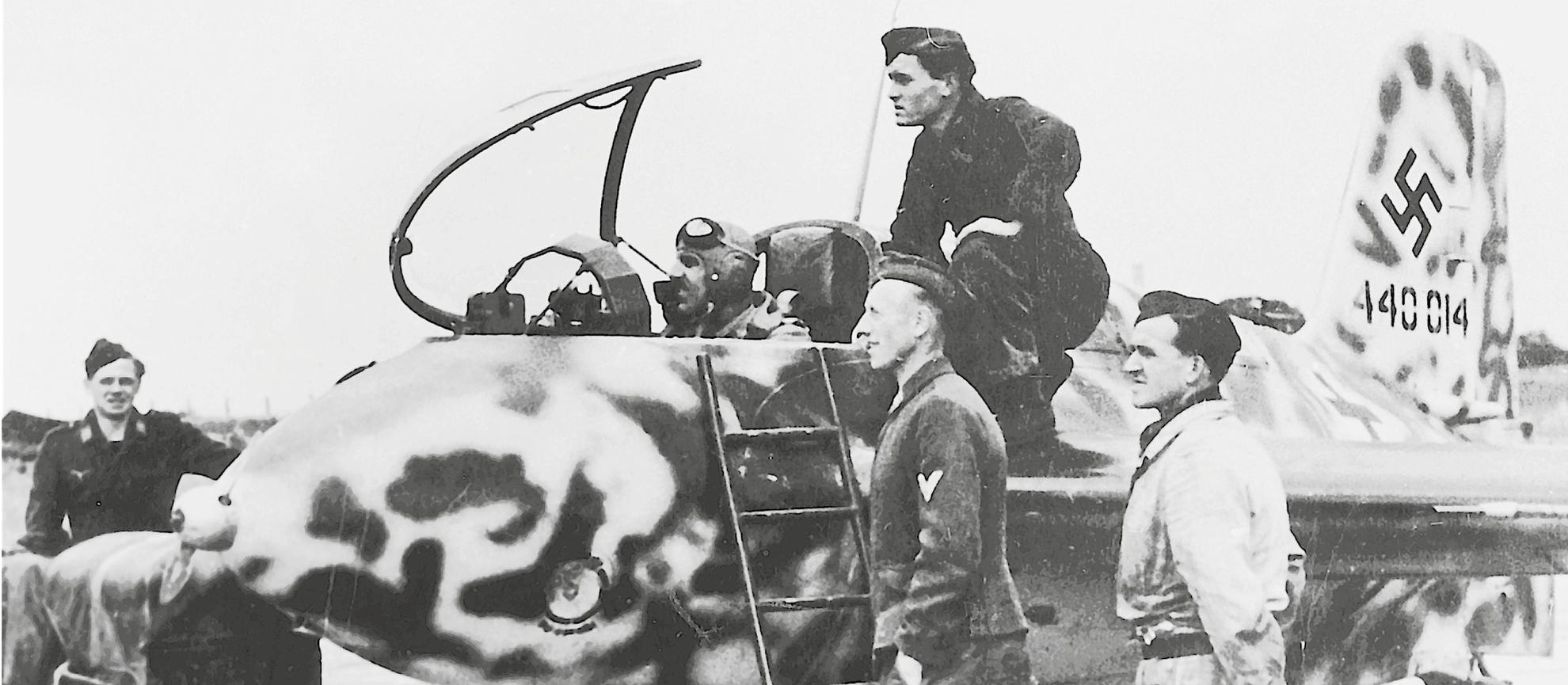
Veteran fighter pilot Hauptmann Otto Bhner, Staffelkapitn of 2./JG 400, prepares to take off from Venlo in Klemm-built Me 163B Wk-Nr 440014 in August 1944. This aeroplane was serving with the unit when I./JG 400 was declared operational with the Komet. Its final fate remains unknown (EN Archive)
The radical and revolutionary Me 163 traces its roots all the way back to 1921 and the tailless delta-wing (flying wing) glider designed by Friedrich Wenk, founder of Weltensegler GmbH where Lippisch was employed. Between 1921 and 1926, while working at Weltensegler, Lippisch designed four tailless gliders designated Storch I to IV. In 1933, after a seven-year stint at the Wasserkupe-based Rohn Rositten Gedellschaft (RRG), Lippisch joined the glider research institute Deutscher Forschungsanstalt fur Segelflug (DFS) in Darmstadt-Griesheim.
By the time Lippisch went to DFS, his Storch design had matured into the Storch IX, which was followed by the Delta IV-series that began life as the Fieseler F 3 Wasp in 1932. On its very first flight, Gerhard Fieseler found the F 3 (with two push-pull Pobjoy R radial engines) to be highly unstable and it subsequently crashed. After several design refinements and further crashes, Fieseler abandoned the aircraft, but Lippisch believed the problems could be overcome and acquired the rights to the F 3, which he re-designated the Delta IV. He duly refined the aircraft over successive variants, creating the Delta IVa, b and c. In 1936, the latter aeroplane, powered by a single 75 hp Pobjoy R radial engine, was sent to the Luftwaffe flight test centre in Rechlin, where it was put through its paces by Heinrich Dittmar. The aircraft, which was subsequently granted an airworthiness certificate and redesignated DFS 39, was the first of Lippischs designs to resemble the Me 163. The following year the RLM issued a contract for Lippisch to build a second DFS 39 that would be powered by a special powerplant a liquid-fuel rocket built by Hellmuth Walter.
This second prototype was not a new aircraft, but a rebuild of the two-seat propeller-driven pusher aircraft, designated DFS 40, that Lippisch had built in 1937. On 2 January 1939, Lippisch and his team were transferred to the top-secret Department L at Messerschmitt in Augsburg, where they modified the DFS 194 (renamed Project X) to accept the 660-lb thrust Walter HWK R-1-203, the same motor that powered the Heinkel He 176. After a delay brought on by the start of World War 2 in September 1939, engine trials began at Peenemnde, on Germanys Baltic Sea coast, in October and the DFS 194 itself arrived in February 1940. After a number of unpowered flights, Dittmar made the first powered flight on 3 June 1940, and soon the DFS 194 proved to be far superior to the He 176.
In early 1941, the Reichsluftfahrtministerium (RLM Ministry of Aviation) ordered Messerschmitt to construct two prototypes that would carry the designations Me 163A V4 and V5. The former made its first unpowered flight from Lechfeld on 13 February 1941. Shortly thereafter, the same aircraft, towed aloft by a Bf 110, reached a speed of 531.25 mph in an unpowered dive. After being moved to Peenemnde the prototype made its first powered flight on 10 August 1941 and soon set a world speed record of 471.87 mph. Then, on 2 October, fitted with an HWK RII-203 motor, which used T-Stoff and Z-Stoff high-test peroxide propellants, Dittmar set an unofficial speed record of 627.29 mph (0.84 Mach) in a dive. He explained post-flight that he could have gone faster had he not encountered what would later become known as compressibility (a change in the density of the air around an aeroplane at transonic speed as it approached Mach 1).
Shortly after Dittmars historic flight, Ernst Udet, Generalluftzeugmeister (Luftwaffe Director-General of Aviation Equipment), ratified Messerschmitts proposal to have Wolfgang Hirth Werke produce eight pre-production Me 163A-0 Antons and four production standard Me 163B Berthas, which were followed by a further 66 B-models built in the Regensburg-Obertraubling facility.
Due to difficulties experienced in mass-producing the improved HWK 109-509 rocket motor and near-constant design changes to the aircraft itself, the programme suffered continuous setbacks throughout 1942-43. Nonetheless, Erprobungskommando (EKdo) 16, a special flight test unit, was formed at Peenemnde on 20 April 1942 under the command of Major Wolfgang Spte. The purpose of EKdo 16 was to train pilots and mechanics and to develop maintenance procedures and combat tactics. Initially, the unit had only the V4 and V5 prototypes on strength, but by November 1942 there were a number of Antons and five Berthas available for training.
After the devastating RAF Bomber Command raid on Peenemnde on 17/18 August 1943, EKdo 16 operations were moved to Bad Zwischenahn, near Oldenburg, where flight testing continued with seven Antons and a single Bertha. The unit suffered its first fatalities in late 1943, with Josef Phs (a close friend of Spte) being one of those killed when, on 30 December, his engine failed on takeoff. Lacking sufficient altitude to bail out, Phs attempted a manoeuvre that pilots had been taught not to do he tried to turn back towards the runway. Phs actually completed the turn, but when he rolled out there was a radio antenna directly in his flight path. Lacking the momentum to fly around the obstruction, he clipped the antenna with his left wingtip and the Me 163 cartwheeled into the ground.
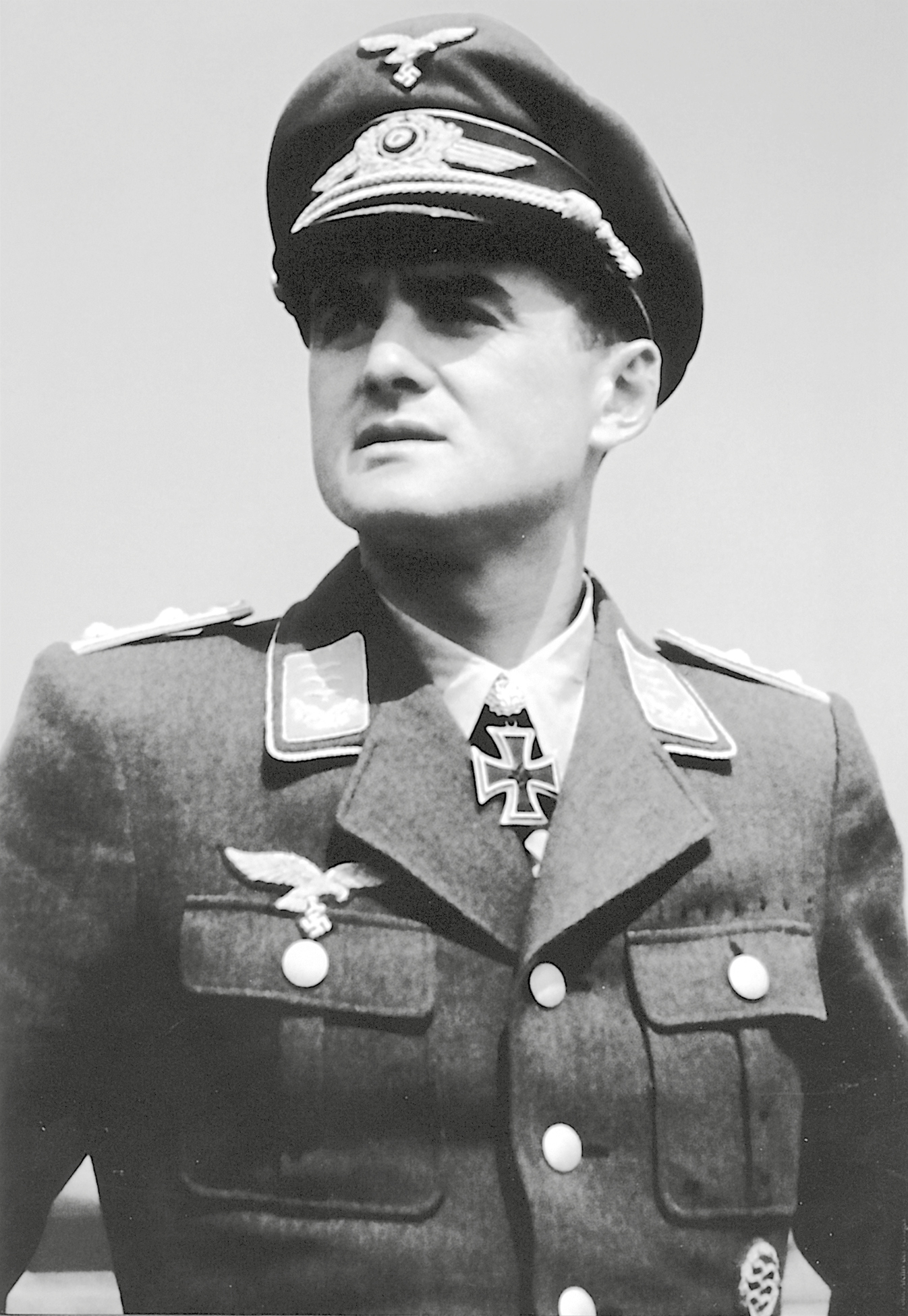
Major Wolfgang Spte, as CO of special flight test unit EKdo 16, made history on 14 May 1944 when he gave the rocket-powered Me 163B its combat debut. His attempt to attack a pair of P-47s was thwarted when he suffered intermittent problems with the HWK 109-509A-2 motor in his all-red Komet. Switching to the Me 262 in April 1945, Spte claimed five victories (all B-17s, which took his final tally to 99) whilst serving as the last Kommandeur of III./JG 7 (EN Archive)
Despite these setbacks, activity was picking up at Bad Zwischenahn by February 1944, when the first operational Me 163 unit, 20./JG 1, was formed and ten pilots began their training with the co-located EKdo 16, which consisted of nine operational Berthas. On 1 March 20./JG 1 was redesignated 1./JG 400 and transferred to Wittmundhafen under the command of Hauptmann Herbert Olejnik. The units first pilots began their training here, and by the end of the month six Me 163Bs had been delivered to Bad Zwischenahn.
Next page
